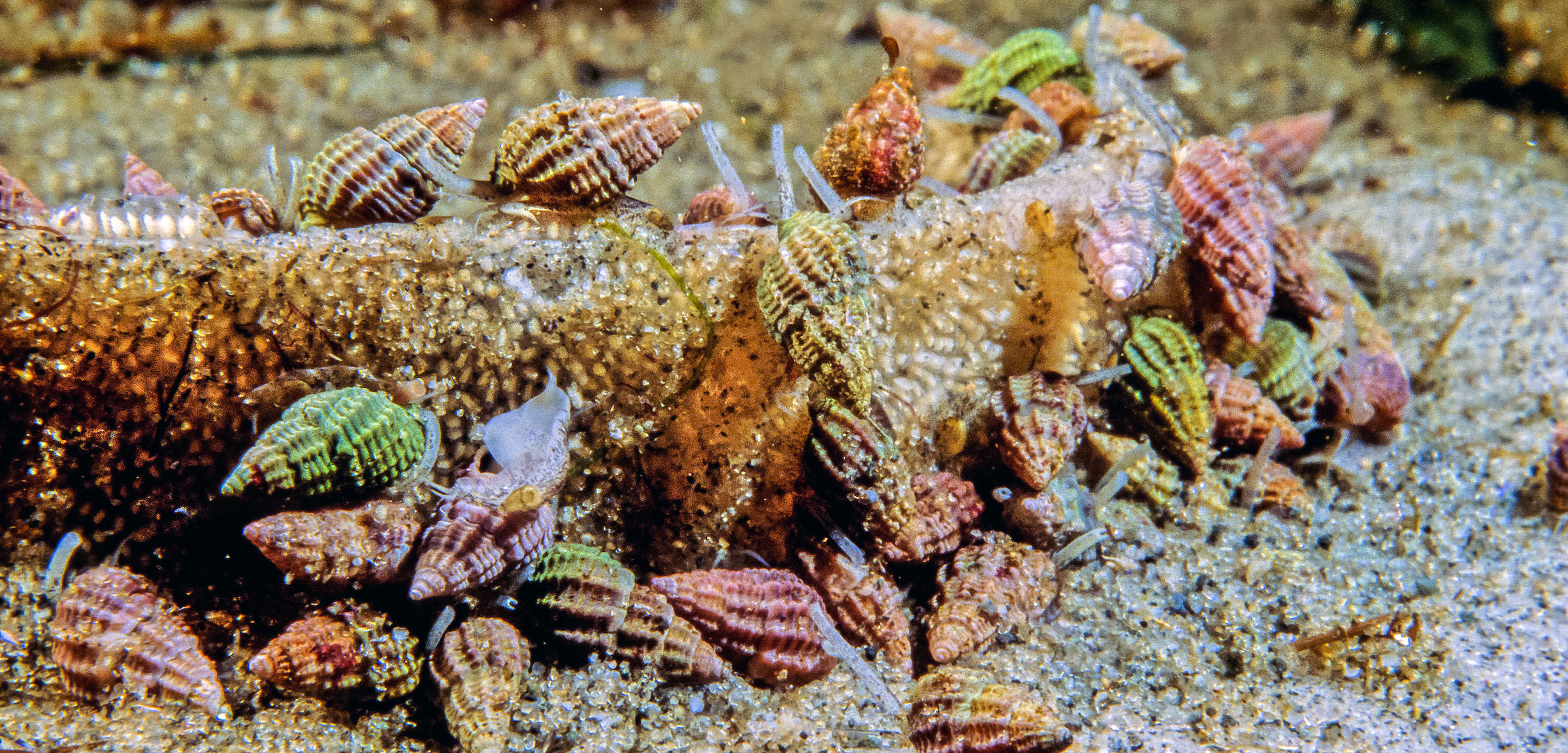Climate Change Is Sending Some Species the Wrong Way
Not every animal has the power to migrate to cooler climes.
Article body copy
As the oceans warm, many marine species are heading poleward in search of cooler water. But in the northwest Atlantic, researchers have discovered that some invertebrates are shifting the wrong way—their range is moving into warmer, less hospitable water. It’s a head-scratcher with important implications for our changing world.
Heidi Fuchs, a marine biologist at Rutgers University in New Jersey, says she was studying the changing distributions of two species of snails on the east coast of the United States when she realized they had shifted into shallower water.
This migration is baffling because shallow water is often warmer, and warmer water can be lethal for these invertebrates. If they’d simply stayed put, the cooler water offshore should have provided a refuge from temperature increases. Working to figure out what was going on, Fuchs found that while the snails’ spawning habits are changing because of climate change, their adaptations are actually making things worse.
Like many benthic invertebrates, the spawn timing for these snails is temperature dependent. Normally, the snails would spawn in the summer when wind patterns drive currents that send the larvae offshore into cooler, deeper water. But with the water warming, the snails are spawning earlier in the year, when a combination of wind and high river discharges drive strong onshore and southward currents.
Unlike many fish and marine mammals, the larval snails are at the mercy of these currents—which are carrying them to less hospitable habitat.
By estimating the snails’ spawning times using known spawning temperatures and ocean temperatures, and mapping them against the seasonal currents, Fuchs and her colleagues confirmed that they matched the shifts in species distributions.
Even worse, these species may be trapped in a feedback loop. Warming-induced early spawning exposes the larvae to ocean currents that push them south and inshore. But as their new home is warmer still, this causes them to spawn even earlier, sending the next generation of larvae yet farther south.
Fuchs says it is hard to say how widespread this kind of backward migration will be “because the transport processes are so complicated.” It really depends on the oceanography, the physics, and the temperature changes over time, she says.
But when Fuchs and her team examined six decades of data on 50 invertebrate species in the northwest Atlantic, such as shellfish, sea stars, and worms, they found that around 80 percent had shifted southward, westward, and into shallower water—away from the deeper, colder water of the outer continental shelf. Of the species studied, two-thirds had seen the temperature of their range increase.
Antony Knights, a marine ecologist at the University of Plymouth in England who was not involved in the research, says the work shows that physical ocean processes are driving where these organisms are moving to. “It would suggest that it is not a behavioral response,” says Knights. “Those ocean current systems are actually overcoming any abilities for these individuals to potentially mitigate against ocean warming.”

